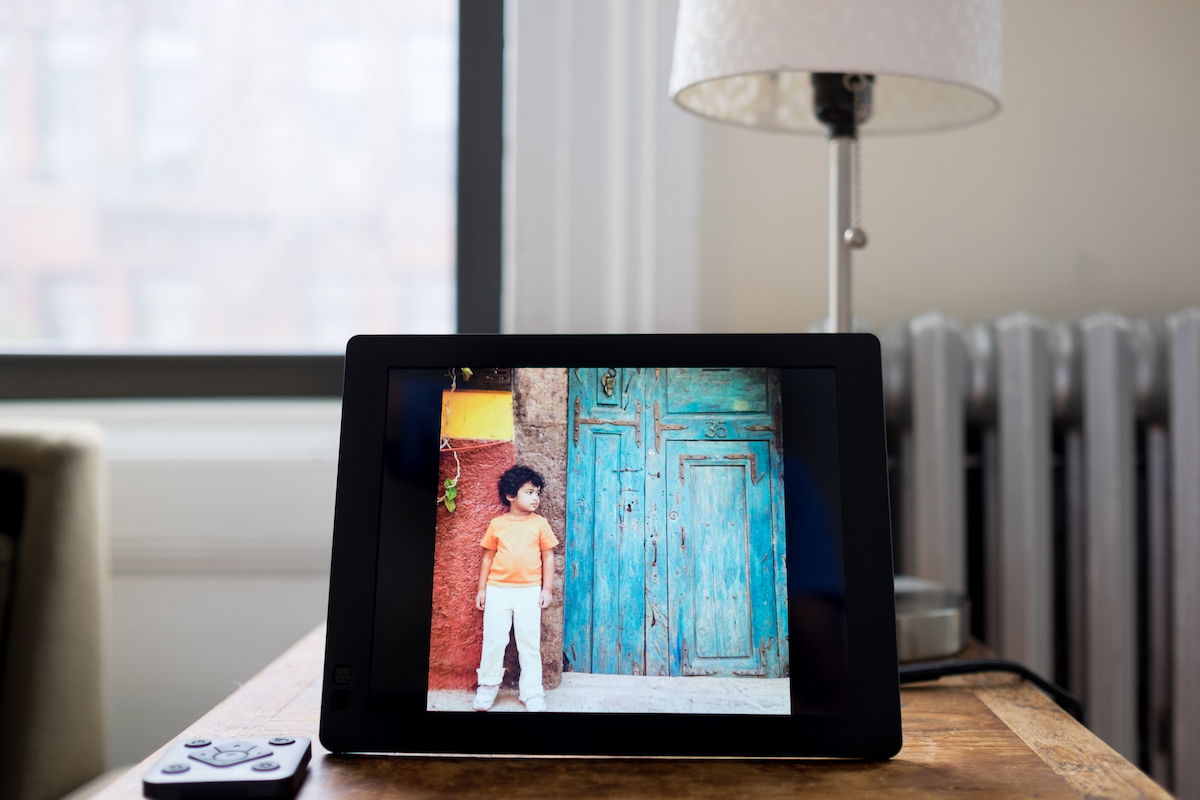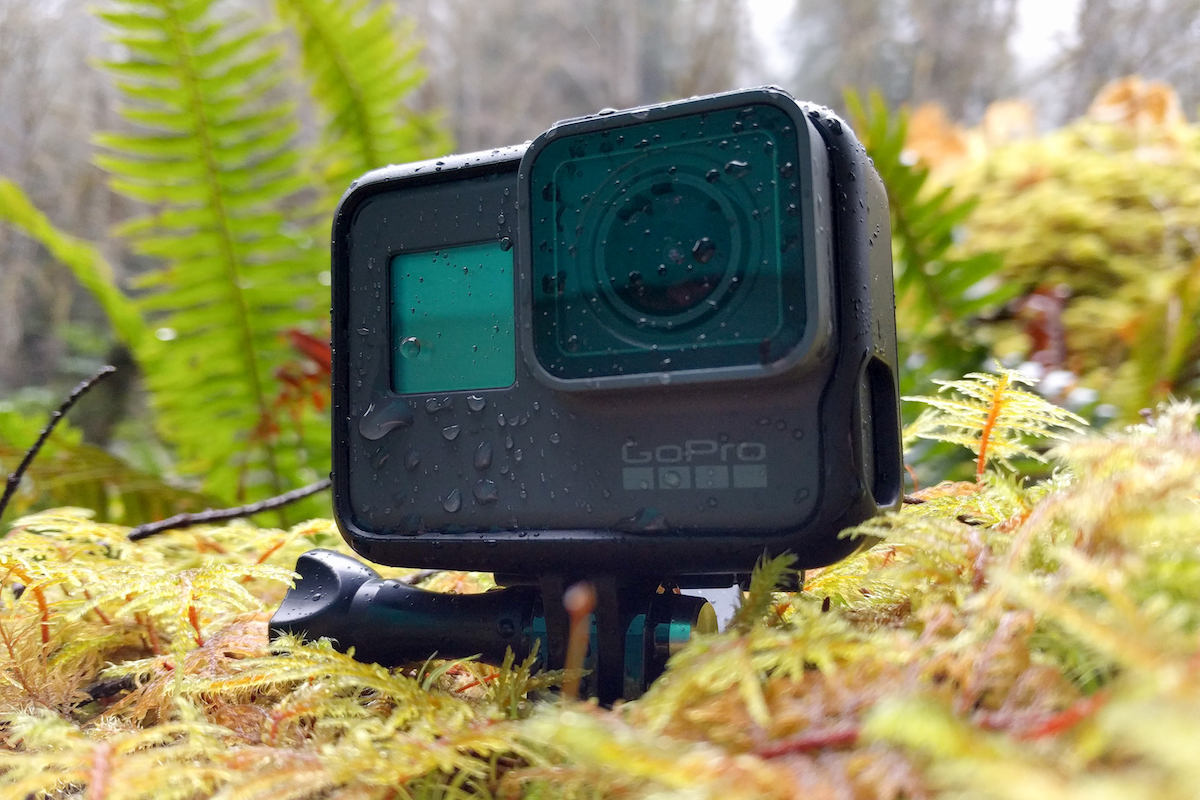Makula Dunbar Contributor
Editor’s note: This post was done in partnership with Wirecutter. When readers choose to buy Wirecutter’s independently chosen editorial picks, it may earn affiliate commissions that support its work.
 It should be easy to give a gift. But it can be hard trying to choose what gift to give. That’s especially true with technology, where products tend to be more functional than emotional. Here’s what matters most: finding a present that connects to the recipient, creates a sense of enjoyment, and that they’re actually going to use. Here are five tech gifts that will appeal to almost anyone.
It should be easy to give a gift. But it can be hard trying to choose what gift to give. That’s especially true with technology, where products tend to be more functional than emotional. Here’s what matters most: finding a present that connects to the recipient, creates a sense of enjoyment, and that they’re actually going to use. Here are five tech gifts that will appeal to almost anyone.
Jaybird X3 Wireless Sport Earbuds

The Jaybird X3 earbuds are designed for working out, but their design and great audio makes them perfect for anyone on the go. The X3’s interchangeable tips and fins offer a highly customizable, comfortable fit. Overall sound is high quality out of the box, but we like that the companion Jaybird app allows a tailored listening experience. Eight hours of playback time means you’ll be set throughout multiple workouts or a full work day.
Amazon Echo (2nd generation) Voice-Controlled Speaker
While there’s more than enough buzz surrounding voice-controlled speakers, they’re not yet considered a standard home item. But we think they’re helpful, and we know that a lot of folks find them incredibly useful for ordering food, listening to audiobooks, streaming music, or controlling their appliances and lighting. Our favorite is the Amazon Echo (2nd generation), which does more (and does it better) than any other current model. It supports a huge list of smart-home devices—including thermostats, light bulbs, and vacuums, and it has a set of skills, including offering custom weather, news and calendar alerts. (Note: If you’re giving one of these devices as a gift, make sure the recipient’s preferred music service is supported; Amazon’s devices, for example, work with its own Prime Music service, as well as Spotify, but not with Apple Music.)
Jackery Bolt USB Battery
A convenient device (which at times doubles as a lifesaver) is a gift that anyone would consider a necessity. We researched more than 300 USB power banks and battery packs and tested 40, naming the Jackery Bolt as our top pick. The Jackery Bolt is made out of aluminum and is the perfect size for carrying around in your bag or pocket every day. It has two connector cables (one Lightning and one MicroUSB), and its 6000 mAh battery has enough power to charge a medium-sized smartphone twice.
Nixplay Seed Digital Photo Frame

The Nixplay Seed digital photo frame is perfect way to keep faraway friends and family members in sight. Since it’s Wi-Fi-enabled, you can be anywhere and use social media platforms, cloud storage, or your smartphone to upload pictures. It’s a great gift because new and old moments can be shared anytime, giving viewers more reasons to touch base with you. It has a high-resolution IPS display that can show images in landscape or portrait orientation. The photo frame’s remote and sensor—which turns the device off when no one’s in the room — lets you choose what you want to see at your convenience. Multiple people can create photo playlists through the Nixplay website, or add pictures to be shown by sending them through email. With 8GB of storage it has the capacity to hold roughly 25,000 smartphone photos.
GoPro Hero5 Black Action Camera

The GoPro Hero5 Black is our top pick for action cameras because it can be used for everyday filming, capturing memories during travel adventures, and is great in environments that aren’t suitable for larger, pricier camera equipment. It doesn’t have a clunky case, but it’s still waterproof. For those who usually place tech integration at the top of their gear list, the GoPro Hero5 Black also has a touchscreen interface and voice-control capabilities. During testing we found its footage to be crisp and clear with accurate color in addition to sound quality that’s worth keeping in professional edits.
Garmin Vivosport Fitness Tracker
If you’re looking for a way to jumpstart your exercise routine and you haven’t picked up a fitness tracker, now’s the time. We’ve tested 23 fitness trackers over the past three years and think the Garmin Vivosport is the best option. Its built-in GPS, long-lasting battery life and color display set it apart from others. In addition to monitoring your workouts (including strength-training reps), it helps keep tabs on your sleep and stress levels, and is Bluetooth-enabled for IOS and Android integration with streaming music and notifications.
This guide may have been updated by Wirecutter.
Note from Wirecutter: When readers choose to buy our independently chosen editorial picks, we may earn affiliate commissions that support our work.

from Android – TechCrunch https://ift.tt/2rygm6Y
via
IFTTT
 It should be easy to give a gift. But it can be hard trying to choose what gift to give. That’s especially true with technology, where products tend to be more functional than emotional. Here’s what matters most: finding a present that connects to the recipient, creates a sense of enjoyment, and that they’re actually going to use. Here are five tech gifts that will appeal to almost anyone.
It should be easy to give a gift. But it can be hard trying to choose what gift to give. That’s especially true with technology, where products tend to be more functional than emotional. Here’s what matters most: finding a present that connects to the recipient, creates a sense of enjoyment, and that they’re actually going to use. Here are five tech gifts that will appeal to almost anyone.





